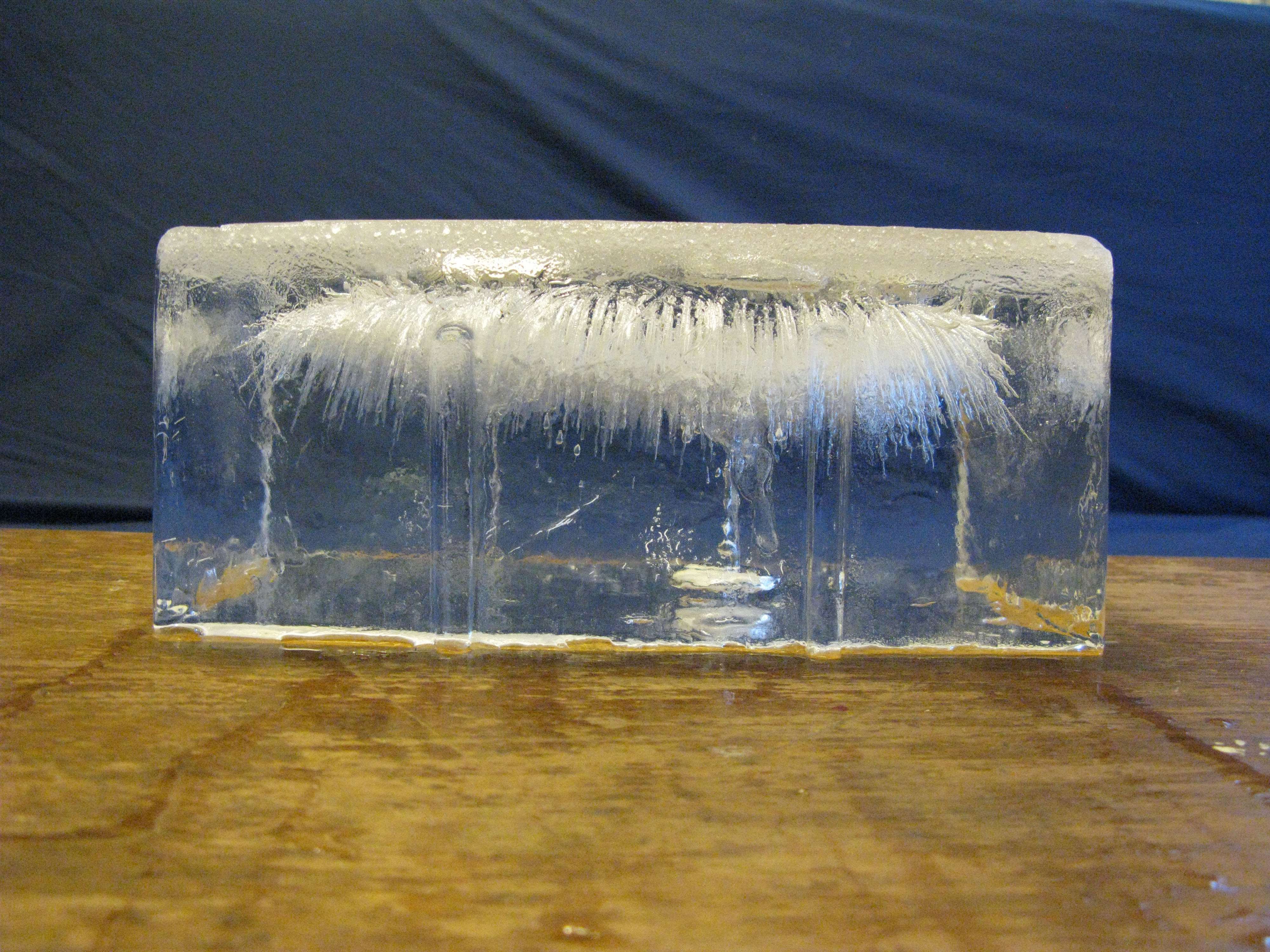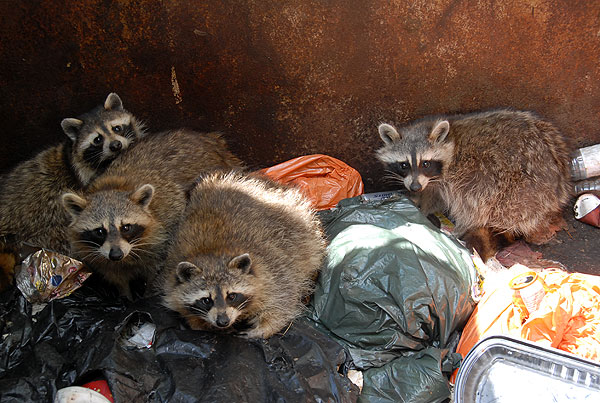Physicist: It doesn’t.
Carbon dating is the most famous form of “radiometric dating”. By measuring the trace amounts of radioactive carbon-14 (so named because it has 6 protons and 8 neutrons) in a dead something and comparing it to the amount of regular carbon-12 (6 protons and 6 neutrons) you can figure out how long it’s been since that sample was alive. Carbon-14 is continuously generated in the upper atmosphere when stray neutrons bombard atmospheric nitrogen (which is what most of the atmosphere is).
The reason carbon dating works is that the fresh carbon-14 gets mixed in with the rest of the carbon in the atmosphere and, since it’s chemically identical to regular carbon, gets worked into whatever is presently absorbing atmospheric carbon. In particular: plants, things that eat plants, things that eat things that eat plants, and breatharians. When things die they stop getting new carbon and the carbon-14 they have is free to radioactively decay without getting replaced. Carbon-14 has a half-life of about 5,700 years, so if you find a body with half the carbon-14 of a living body, then that somebody would have been pretty impressed by bronze.
Of course none of that helps when it comes to pottery and tools (except wooden tools). Not being made of carbon, we can’t carbon date them. Fortunately, the stuff ancient civilization leave lying around tend to be found in clumps called “middens”. A less sophisticated word for midden is “pile of garbage and often poo”.
Generally speaking, archaeologists make the assumption that if the grains in and around of a clay pot are, say, 8,000 years old, then the pot itself is roughly the same age. Which makes sense. If you had an ancient amphora sitting around, would you use it for fresh strawberry preserves? And before you answer: please do it. A life spent potentially confusing future archaeologists is a life well spent.
There are many different kinds of radiometric dating that are used to date things that are non-organic (which is part of how we determine the age of the Earth). They each rely on a couple of different (thoroughly verified) principles. First, that radioactive isotopes have a fixed half-life (totally independent of their environment). And second, that the elements they were before and after the radioactive decay have different chemical properties.

As water freezes and each molecule falls into place, atoms that don’t fit in the forming ice crystal are excluded. Impurities, such as dissolved air, are either forced out or concentrated in the last region to freeze. The same is true for any kind of crystal.
Crystals are regular lattices of atoms. And they’re picky. If an atom doesn’t interact chemically in the right way, then it won’t be incorporated into a forming crystal. For example, zircon (a crystal) is perfectly happy to incorporate uranium, but excludes lead. It so happens that uranium decays into lead with a half-life of 4.5 billion years. So if you grind up a zircon and measure the tiny amounts of lead vs. uranium, you’re measuring how long it’s been since that zircon formed. At that time there would have been zero lead in it.
Since carbon-14 has a half-life on the order of thousands of years, it’s useful for figuring out the age of organic materials that have been independent of the atmosphere for thousands of years. Since uranium-238 (the isotope comprising more than 99% of natural uranium) has a half-life of billions of years, it’s useful for figuring out the age of (among other things) zircons that crystallized billions of years ago. Want to date a woolly mammoth?: carbon dating. Want to date a planet?: uranium dating.
Radiometric dating generally involves tallying up trace amounts of material, so it’s not the sort of thing you do out in the field; you need a clean lab. So it was, after years of attempting to measure the age of the Earth (or, more specifically, the time since it was last molten) in a regular lab, that Clair Patterson bravely announced “Dudes and dudettes of science… anybody else notice all the lead in the air?” Turns out that burning gasoline, among its other little known deleterious effects, throws lead into the air. That’s not great: once everything on Earth is peppered with lead, it’s difficult for scientists to do their science. And, not for nothing, it’s also caused a thousandfold increase in lead contamination in the bodies (or bones at least) of everything that breathes and/or eats. If you’ve ever wondered why gasoline should be “unleaded”: that’s why.
This is the beauty of fundamental research: you never know what you’ll find when you start poking around.








7 Responses to Q: How can carbon dating work on things that were never alive?